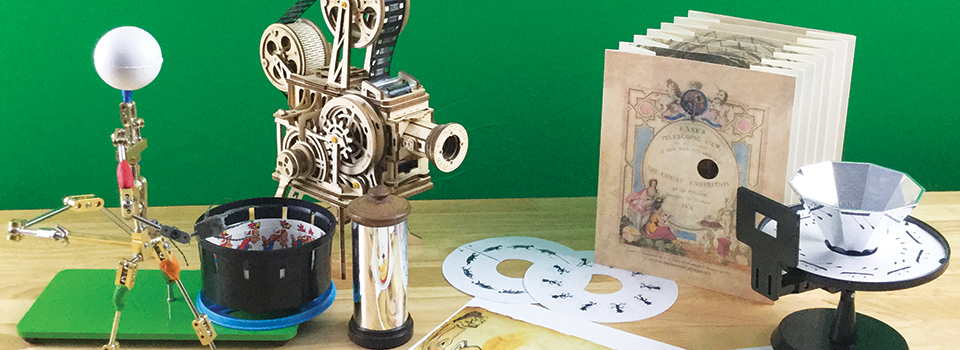Matthew Solomon noted in his book Disappearing Tricks (2010) that at the turn of the 20th century, moving pictures had a close relation with stage magic. Both were modern commercial spectacles that allowed the public to witness seemingly impossible feats, which they knew were manufactured illusions based on rational principles and the product of the dexterity of their creators. Performers, vaudeville entertainers, and magicians were proud of showing off their skills in films that, to the surprise and enchantment of their audiences, had effects that seemed to defy the laws of nature. In those days, film was itself a technological marvel that tricked spectators into perceiving a series of still images as if they were in motion. When naturalism replaced this self-conscious illusionism, animation and special effects kept alive this foundational association with magic, which was rekindled when the digital revolution radically changed the film industry at the turn of the 21st century. The general misconception of animation as children's entertainment and youth's fiction hindered its recognition as an art form is related to the impact that magic had in the early history of film.
Animator Norman McLaren commented in 1957 that, in animation, "what happens between each frame is much more important than what exists in each frame." Scholars still debate about what forces are at work in the interstices and the time gap that separates the creation of each of the frames that, when projected together, produce the illusion of movement. The human eye perceives 24 frames per second as continuous movement, but it could take the animator hours, if not days, to create that one second. The audience enjoys animation as moving image; for the animator, crafting the illusion of movement is a playful dare.

Animation as Art highlighted animation as an art form without disregarding its connection with magic. The public was invited to appreciate the individual artifacts that made the illusion possible; their attention could switch between the fleeting images on a screen and the tactile artifacts on display. In this way, Animation as Art, and as magic, allowed the public to understand this form as a liminal space, a threshold that brings together diverse dimensions of the real, and to appreciate the "trick:" the wrist moving the wand; the art of the animator that makes the unphatomable visible.
The exhibition showcased animation as a multidisciplinary, multimedia art form where different areas of practice and theory creatively overlap in constellations of meaning and materiality. By exhibiting both pre-production material and the finished animations, spectators were invited to enjoy "the prestige"—the part of the trick where the magician provides a resolution that reveals the hidden secrets and unveils the true nature of the illusion—to understand the processes used by the animators, qua magicians, to trick their senses into seeing static objects move as if they were alive.
Visitors were able to appreciate Horne's intense reflection on time and movement. They were delighted by Leeper's boisterous zoetrope and his animated toasts, and Everest's wandering doll sliding out of a box. The public joyfully followed Veras' "now you see it, now you don't" impish butterfly, and marveled at the protean nature of the materials in Koning's and Álvarez Sarrat's proposals. Once the trick is revealed, and the audience has seen the sleight-of-hand, animators still ask, as the band Loving Spoonful did in the 1960s, "Do you believe in Magic?"
is a Graphic Designer and Animator from the School of Art at TTU. Co-founder of AnimationDuo and the Animation Making Workshops. He specializes in Historical and Critical Perspectives on Animation, Animation as Therapy, Game Design, and Graphic Design.

